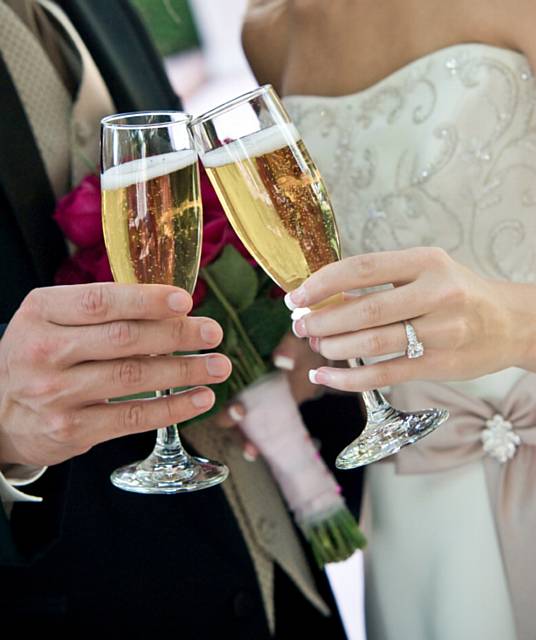All bubbles are not created equally
Date published: 14 June 2014

Champagne
It was the town of Hautvillers in France that officially brought us Champagne. Dom Perignon a Benedictine monk was tasked by the abbey to 'eliminate' the bubbles which were classed as impurities in the wine. This 'devils work' of fizzy wine could spontaneously combust creating a chain reaction that could destroy most of the wine in the cellars.
During the 18th century sparkling wine became more and more popular and it was the coal fired industry that created a more robust heavy duty bottle capable of withstanding the internal pressures of carbon dioxide in sparkling wine.
Methode champenoise is the complicated and expensive process in which champagne is made. Involving a trio of grapes, Chardonnay (white), Pinot Meunier (red) and Pinot Noir (red). These grapes are fermented and blended by a master wine maker to create consistency year-on-year and give each champagne house their distinctive style. What sets champagne apart is its painstaking processes. The flat wine that has been blended is bottled and liqueur de tirage (yeast and sugar) is added.
When sealed the yeast reacts with the sugar and a secondary fermentation takes place giving off carbon dioxide bubbles. The bottles are placed in racks with the neck angling downwards, over a number of weeks or months they are turned each day allowing the yeast to collect in the neck. When it is deemed time the neck is frozen and and the plug of yeast is removed. Topped up with liquer de exposition, (fining agent sugar and wine), the wine is then stored according to style. Non vintage wine will usually go on sale straight away whilst the vintage will remain unfiltered for a number of years.
This is the most expensive and time consuming way to make sparkling wine. Some sparkling wines just have carbon dioxide injected into the bottle. Others use part of the champagne process but reduce costs by fermenting the wine in large stainless steel tanks.
It is the tried and tested methode champenoise that adds such depth of flavour resulting in a beautifully complex wine that is more than just fizz, it can offer toast, brioche and nutty notes with beautiful delicate bubbles.
When it comes to sparkling wine the reality tends to be you get what you pay for.
Food & Wine by Paul Sheerin
Pshearse@gmail.com
Do you have a story for us?
Let us know by emailing news@rochdaleonline.co.uk
All contact will be treated in confidence.
Most Viewed News Stories
- 1Failing care home shut by health watchdog following safety concerns
- 2Woman of Rochdale 2024 – Lorenza Pye
- 3Visually impaired campaigners say controversial cycle scheme is unsafe for them
- 4Man charged in connection with assault on Christmas Eve in Sudden
- 5Long-awaited hydrotherapy pool opens for public use in Castleton
To contact the Rochdale Online news desk, email news@rochdaleonline.co.uk or visit our news submission page.
To get the latest news on your desktop or mobile, follow Rochdale Online on Twitter and Facebook.


